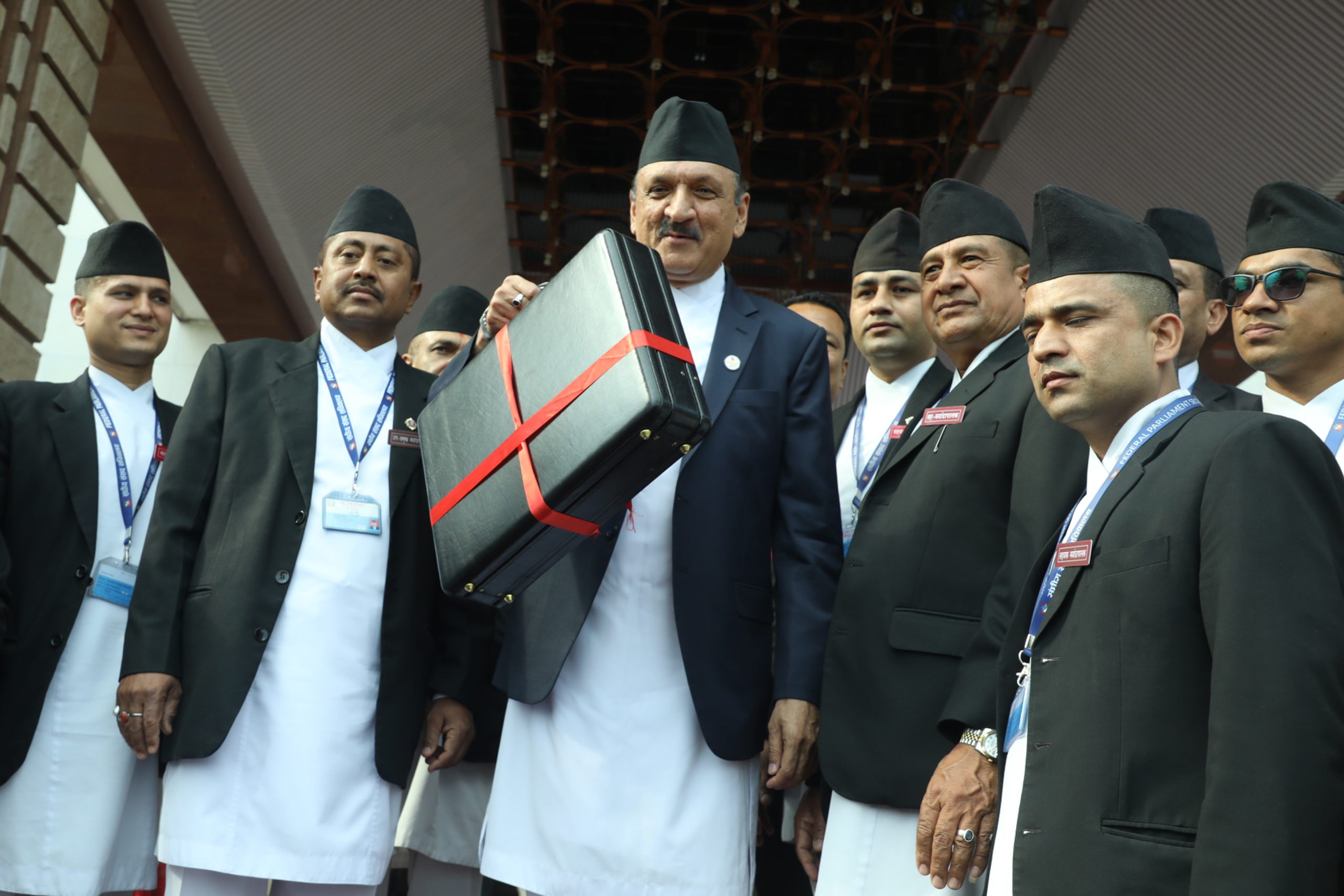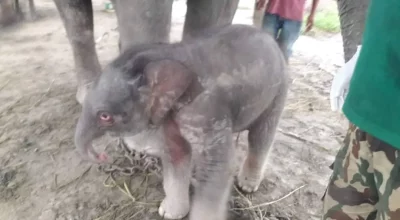
Dr Deependra Rokaya
Kathmandu, June 22: Every year, we hope the policies and programmes the government brings ensures changes, and even the Nepalis living in the far-flung villages will be able to exercise fundamental rights and freedoms as that of education, health, employment and food sovereignty. Those living in far and distant places also think their villages would also be linked to national highway. But, such hope turns mere dream every year, as the budget announcement is limited to words.
For the fiscal year, 2080/81, President Ram Chandra Paudel read out the annual policies and programmes of 35 pages and 118 points a month back. With similar tune, Finance Minister Dr Prakash Sharan Mahat announced the budget of Rs 1.751 trillion. As the concerned stakeholders were making comments on the budget, the economic development department of Nepal Development Research Institute (NDRI) held two week long discussion.
The major trends and progress of the government policies and programmes, and budget since 2070/71 to 2079/80 were observed.
Formulation of budget in Nepal was begun in 2008BS. Then estimated revenue was Rs 30.5 million while major sources of income were land revenue, customs and forest. Similarly, spending was categorizes into administration, defense and miscellaneous. Total budget spending of the year was Rs 52 million. The first budget was announced in Magh 2008BS while the second in Poush 2009. Then the fiscal years were fixed from Asar and Saun.
For the fiscal year 2070/71, the government brought forth the budget or Rs 517 billion, while the amount rose to Rs 1,315 billion.
In order to understand the above budget and its rise, current expenditure, capital expenditure and financial management should be studied well. Under the current expenditure, salary and incentives, social security have huge share, while under capital expenditure, building and structures, constructions at community level, vehicle and machinery, security implements are major constituents. Similarly, net loan investment, net share investment, loan-principal payment, foreign loan payment are important elements under the financial management.
It is evident that Nepal’s budget size has ratcheted up. The recent trend of budget spending is declining much. Average growth of actual spending in a last decade is some 16 percent. When the growth rate of actual spending is analyzed from the lens of current value and fixed value, the existing expenditure is in rising trend but fixed expenditure has negligible rise.
Similarly, of the total spending, huge chunk goes to current expenditure- nearly 67 percent, while expenditure on development works ranges from 15 to 20 percent. Current expenditure has exceeded capital expenditure year. What we can learn from this is- there is more spending on salary, repair and maintenance and administrative cost than the spending on the development projects which results in long term change. It further shows government’s inability to make long-term investment. Then, how can we expect development in the country?
In the total expenditure, revenue is stable with average 60 percent. For compensating remaining amount, the government is bound to explore other areas. The burden of loan is rising while assistance in decline. The budget is inflating. It is worrying that revenue contribution and assistance are shrinking, thereby forcing country to take loan to inflate budget. The devaluation of Nepali currency has triggered loan liability. Till the end of last Chaitra, Nepal had the total loan of Rs 2,105 billion.
The revenue mobilization has failed to manage expenditure. Consequently, country is dependent on loan and assistance to meet the cost. As the assistance is shrinking, even the targeted loan is not achieved. Present economic growth is mere two percent, while inflation is nearly 7.76 percent. At such condition, government needs hard work to collect targeted revenue in time.
With this in the background, present government led by Pushpa Kamal Dahal ‘Prachanda’ has aimed at achieving broad based, sustainable and inclusive economic growth by ensuring dynamic economy. Similarly, the government has further objectives as boosting morale of private sector, creating investment-friendly atmosphere, creating employment opportunities, maintain overall economic stability, strengthening federalism and ensuring good government.
Other areas focused by the government are development of agriculture, energy, tourism and trade balance, promotion of digital and green economy, environment conservation, strengthening of fiscal federalism and other priorities.
Budget is a tool to implement government policies and programmes. The policies and programmes have not addressed the election commitments of political parties. The budget also does not incorporate the points mentioned in policies and programmes.
When it reaches to implementation, it is revised many times. It has resulted into declined trust in politics and public administration.
If Nepal wants to advance human development, it needs to investment in health sector. Creation of skilled and competent human resources is equally important, for which employment-oriented education is prerequisite. Encouragement to private sectors also bears significance to this end.
Youths are engines of national development. They should be guaranteed employment. But, it is bitter truth that Nepali youths are bound to leave country for foreign job- poor education is to blame. The Nepalis working in the US and UK will return home if they are ensured even half the foreign income within the country.
The governments, in the last decade, faced huge crisis including earthquake, COVID-10, accomplished the responsibility of bringing new constitution, and since recent time focusing on production and employment generation. The country is chasing a destination in terms of policy. But, budget making process should address the reality.
Despite this, government has incorporated various policies as conservation of mountains, rivers and Chure region; investment in children, youth employment; respect and security to elderly citizens; and grants for production. It has made efforts to retain youths within country. What youths want from the government is trustworthy schemes in policy and programmes and budget that are materialized in practice.(RSS)










